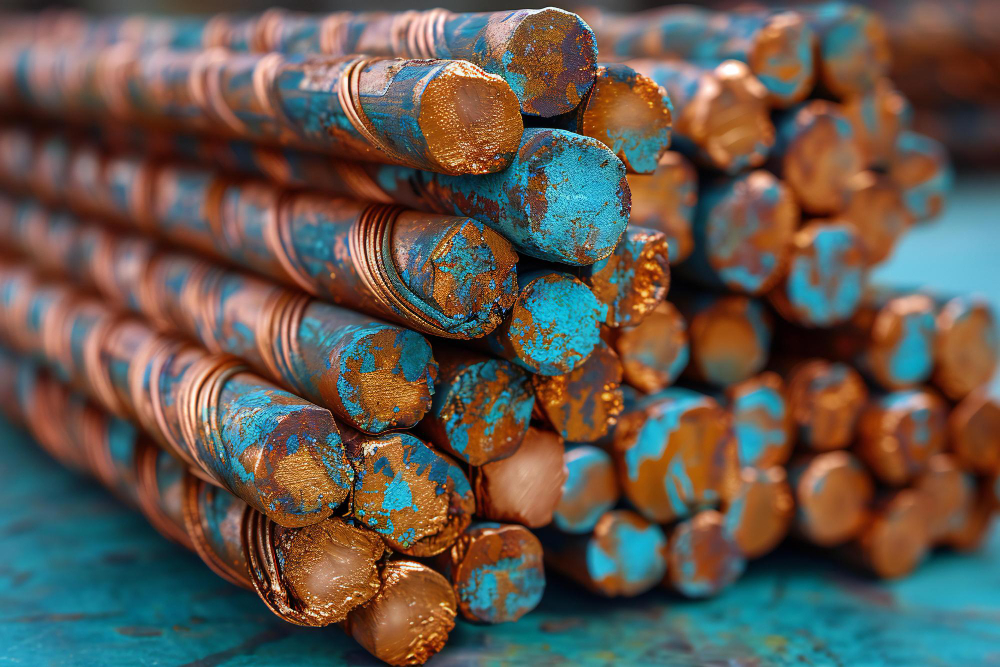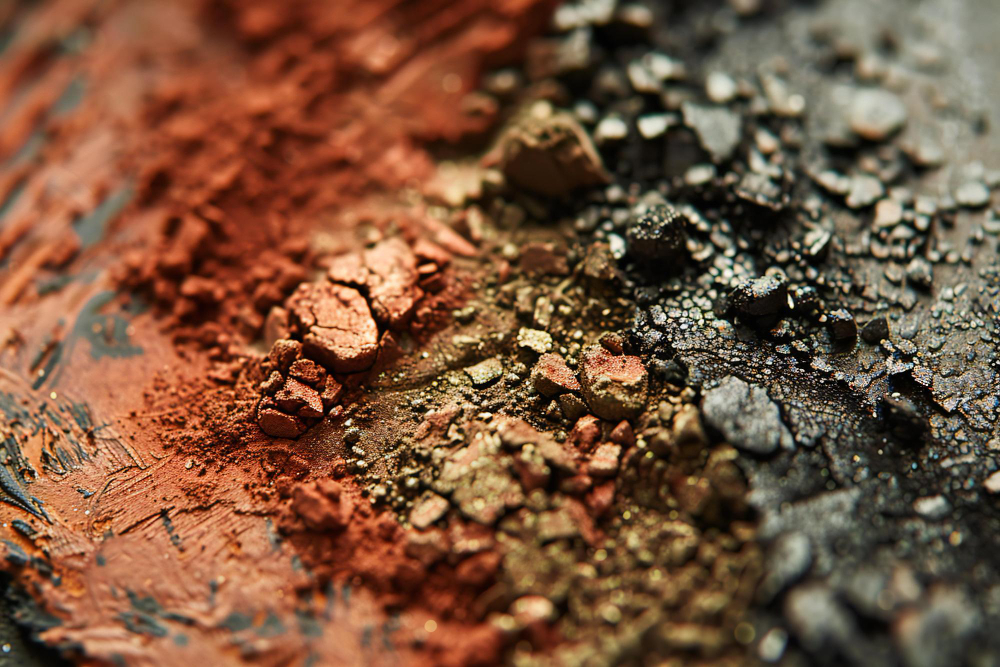What Causes Corrosion of Copper? Key Factors Explained
Copper is a widely used metal known for its excellent conductivity and resistance to wear and tear. However, even this resilient metal is not immune to corrosion. Understanding the factors that contribute to the corrosion of copper can help in preventing and managing its effects. This knowledge is essential for maintaining the integrity and longevity of copper installations in various applications. Proper prevention measures can significantly reduce maintenance costs and extend the lifespan of copper structures. Here are some key causes of the corrosion of copper:
Exposure to Moisture and Air
Copper reacts with oxygen in the air and moisture, leading to the formation of copper oxide, a dull brown or black layer on the surface. Prolonged exposure results in further reactions that produce greenish compounds like copper carbonate, commonly seen as patina. This patina, while often aesthetically pleasing, is a clear sign of copper corrosion. Over time, the patina layer can become thicker and more pronounced, providing some level of protection against further corrosion. However, in aggressive environments, such as those with high levels of pollutants, the corrosion can penetrate deeper, compromising the integrity of the copper structure.
Acidic Environments
Acidic environments accelerate the corrosion of copper. When copper comes into contact with acids, such as those found in acid rain or certain industrial processes, it reacts to form copper salts. This reaction can significantly weaken the metal over time, leading to structural damage and reduced functionality. Additionally, the formation of these salts often results in a greenish patina, which can further degrade the metal and contribute to aesthetic and structural issues. Proper protective measures and regular maintenance are crucial to mitigating these effects.
Industrial Pollutants
Industrial pollutants, such as sulfur dioxide, nitrogen oxides, and ammonia, can contribute to the corrosion of copper. These pollutants combine with moisture in the air to form acids, which then react with copper surfaces. This is particularly problematic in urban and industrial areas where pollution levels are high. The resulting acidic environment accelerates the deterioration of copper, leading to unsightly tarnishing and potential structural damage. Regular monitoring and maintenance are essential to mitigate these effects and extend the lifespan of copper installations.
Saltwater Exposure
Copper exposed to saltwater or salty environments, like coastal areas, is prone to a specific type of corrosion called cuprous chloride corrosion. The presence of chloride ions in saltwater accelerates the deterioration of copper, leading to pitting and the formation of a powdery green substance on the metal’s surface. This type of corrosion can significantly weaken the metal over time, making it crucial to implement protective measures such as applying coatings or using corrosion-resistant alloys. Regular inspections and maintenance are essential to mitigate the impact of cuprous chloride corrosion of copper.
Galvanic Corrosion
When copper is in contact with another metal, such as iron or aluminum, and an electrolyte (like water), galvanic corrosion can occur. This electrochemical process causes the more active metal (copper) to corrode at an accelerated rate, especially if the metals are connected in a way that allows electrical current to flow between them. The rate of corrosion is influenced by the difference in electrochemical potentials between the metals. To mitigate this, using insulating materials or sacrificial anodes can help reduce the risk of galvanic corrosion.
Frequently Asked Question
What causes copper to corrode?
Copper corrodes due to its reaction with environmental factors such as oxygen, moisture, and acidic or alkaline substances. When copper is exposed to these elements, it forms copper oxides and other compounds, which can lead to corrosion over time.
How does copper corrosion differ from corrosion in other metals?
Copper corrosion typically results in the formation of a green patina called copper carbonate, which is often seen on old copper roofs or statues. Unlike iron, which forms rust (iron oxide), copper's corrosion products can provide a protective layer that slows further degradation. However, when copper is in contact with dissimilar metals, it can experience accelerated corrosion.
What is galvanic corrosion and how does it affect copper?
Galvanic corrosion occurs when copper comes into contact with a more active metal (such as iron or aluminum) in the presence of an electrolyte (like water). The more active metal corrodes at an accelerated rate, while copper can also suffer from increased corrosion if it is connected in a way that allows electrical current to flow between the metals.
Can copper corrosion be repaired?
Yes, copper corrosion can be repaired. For minor corrosion, cleaning the affected area with a mild abrasive and applying a protective coating can restore the surface. For severe corrosion, replacement of the corroded copper component might be necessary. Professional services can assess and address more extensive damage.
Closing Insights
Understanding what causes the corrosion of copper is crucial for implementing effective prevention and maintenance strategies. By mitigating exposure to moisture, acidic environments, industrial pollutants, saltwater, and preventing galvanic corrosion, the longevity and functionality of copper can be preserved.
Corcon – An Institute of Corrosion, offers specialized knowledge and solutions for managing and preventing corrosion. With their expertise, industries and individuals can protect their copper assets from the detrimental effects of corrosion, ensuring durability and efficiency in various applications. Investing in professional guidance from Corcon can save significant costs associated with corrosion damage and prolong the lifespan of copper installations.
Image Reference : Freepik
Disclaimer: All trademarks, logos, and brand names are the property of their respective owners. All company, product, and service names used in this website are for identification purposes only. Use of these names, trademarks, and brands does not imply endorsement.

